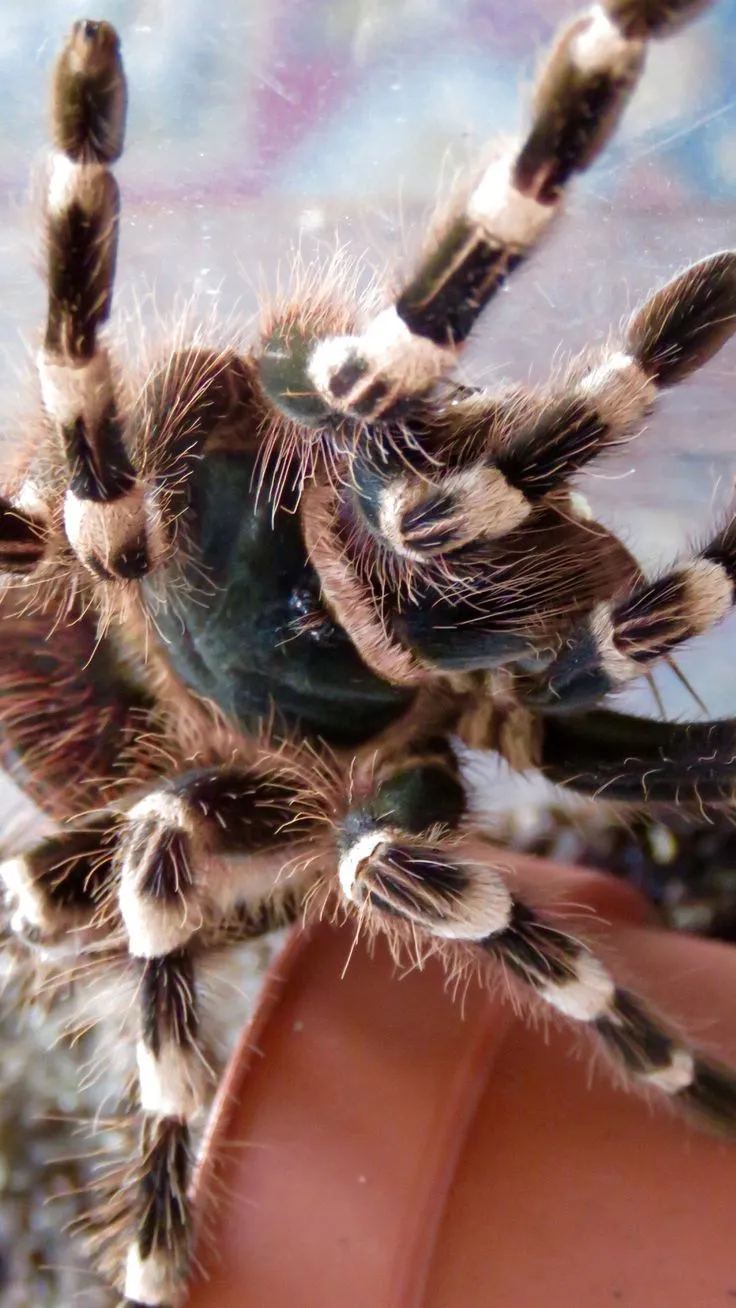Understanding Brazilian White Knee Tarantulas
The Brazilian White Knee Tarantula (Acanthoscurria geniculata) is a popular pet tarantula, known for its striking appearance and relatively docile temperament. These large, terrestrial spiders, native to Brazil, possess prominent white bands on their legs, hence the name. As a pet owner, understanding their natural behaviors and needs is the first step in ensuring their well-being, including their feeding habits. These tarantulas are ambush predators, meaning they lie in wait for their prey. They are not particularly active hunters, relying more on the element of surprise. Their feeding habits can be influenced by a variety of factors, from environmental conditions to the tarantula’s own internal processes. It is crucial to be aware of these factors to identify potential problems and to ensure the tarantula’s health and longevity.
Identifying Potential Feeding Problems
When a Brazilian White Knee Tarantula refuses food, it can be a cause for concern. There are several reasons why a tarantula might stop eating, and it’s important to accurately identify the underlying cause. Some refusal to eat is normal, such as before molting. However, a prolonged lack of appetite might indicate a problem. Observing the tarantula’s behavior, the enclosure conditions, and the prey offered can offer clues. Is the tarantula active or lethargic? Does it appear to be in pre-molt? Is the enclosure too hot or cold? Has the tarantula been exposed to any disturbances or stress? All of these things must be addressed to identify and remedy the problem. Consistent monitoring and careful consideration of environmental factors are critical components of identifying potential feeding issues.
Temperature and Humidity Impact
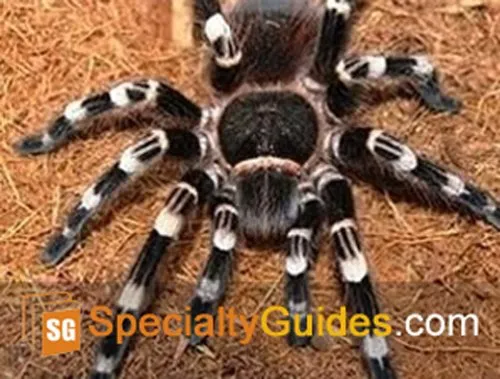
Temperature and humidity play a vital role in a Brazilian White Knee Tarantula’s well-being and feeding habits. These tarantulas thrive in warm, humid environments, mimicking their natural habitat. The ideal temperature range is between 75-85°F (24-29°C), and humidity levels should be maintained at 70-80%. Improper temperature or humidity levels can stress the tarantula, leading to a loss of appetite. If the enclosure is too cold, the tarantula’s metabolism slows down, reducing its need for food. Conversely, excessively high temperatures or low humidity can lead to dehydration, making the tarantula feel unwell and less inclined to eat. Monitoring and maintaining optimal environmental conditions are therefore essential for encouraging feeding.
The Role of Molting in Appetite
Molting, the process of shedding their exoskeleton, is a significant part of a tarantula’s life cycle, and often affects their appetite. As they prepare to molt, many tarantulas will stop eating altogether. This is because the process requires a lot of energy, and they need to conserve their resources. Recognizing the signs of pre-molt behavior is crucial for understanding why your tarantula may not be eating. It’s important not to force-feed a tarantula that is preparing to molt, as this can be highly stressful and potentially dangerous. Patience and observation are the keys during this period. After molting, the tarantula’s appetite will usually return, and it’s common for them to be ravenous. However, this is a good reason to understand the signs of molting and how to feed during this time.
Pre-Molting Behavior
Several telltale signs indicate a tarantula is preparing to molt. These include a darkening of the abdomen, loss of appetite, and increased lethargy. The tarantula may also start to seal itself into its burrow or web retreat. The abdomen may appear swollen, and the tarantula might become less responsive to stimuli. During this time, it’s crucial to leave the tarantula undisturbed and avoid handling it. Providing a shallow water dish is recommended to keep the tarantula hydrated. Forcing food or disrupting its environment can lead to stress, hindering a successful molt. Patience is key; the molt itself can take anywhere from a few hours to a day or more, and the tarantula needs peace and quiet during this vulnerable time.
Post-Molting Considerations
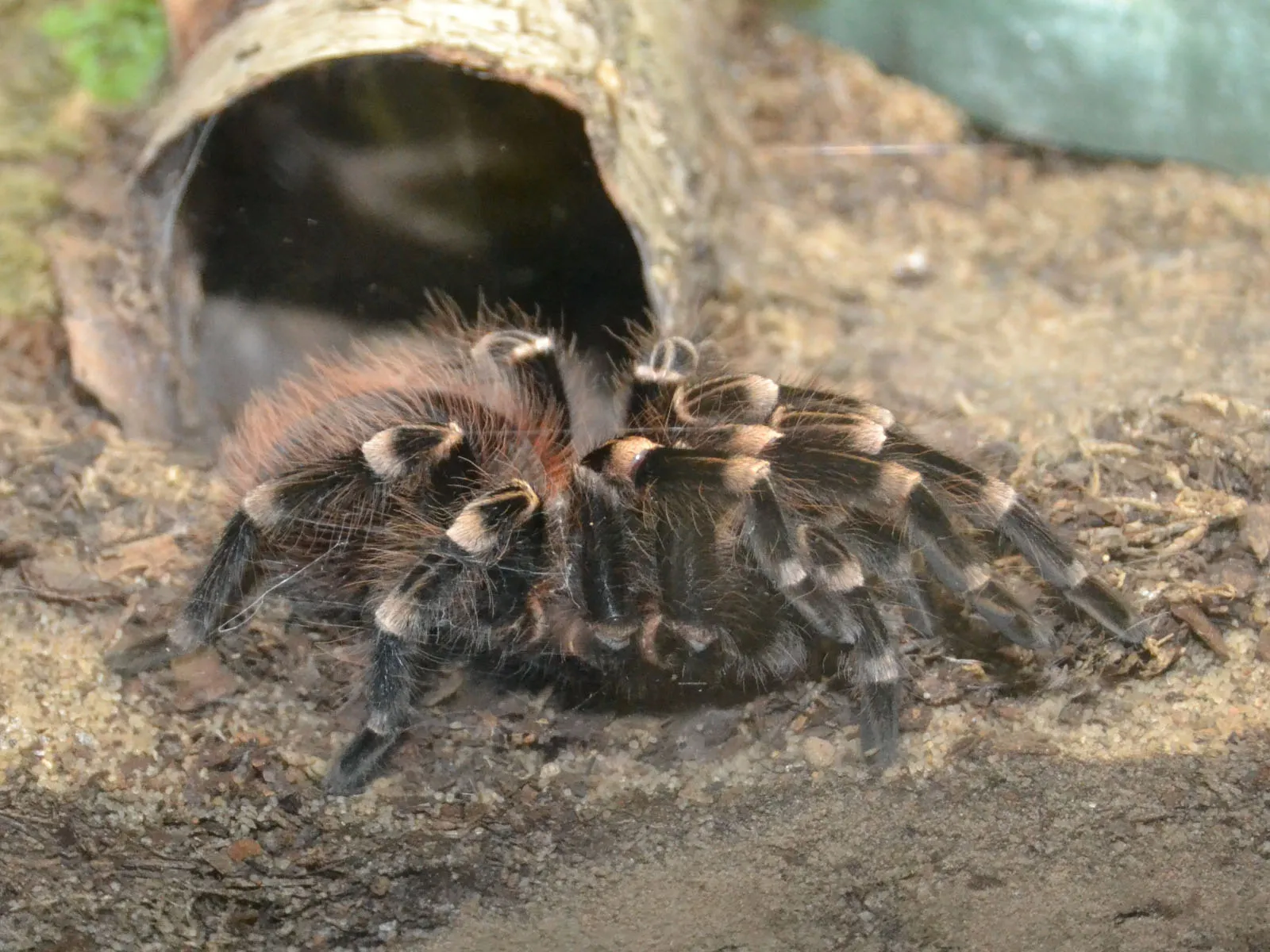
After molting, the tarantula’s exoskeleton will be soft, and it needs time to harden. During this period, it’s best to wait a week or two before offering food. This allows the tarantula to regain its strength and for its fangs to fully harden, reducing the risk of injury. When you do offer food, start with smaller prey items to avoid overwhelming the tarantula. Provide a balanced diet, including appropriately sized insects. Ensure the enclosure conditions are optimal to support the tarantula’s recovery. After a successful molt, the tarantula’s appetite will usually return, and you can gradually increase the size and frequency of feedings. The Brazilian White Knee Tarantula often becomes very hungry after molting and will readily consume prey.
Stress and Environmental Factors
Stress can significantly impact a tarantula’s feeding habits. Tarantulas are sensitive creatures, and various environmental factors can cause stress, leading to a loss of appetite. Loud noises, frequent handling, vibrations, or overcrowding can all contribute to stress. Ensure the enclosure is placed in a quiet, low-traffic area where the tarantula can feel secure. Avoid unnecessary handling, especially when the tarantula is not eating. Provide adequate hiding places, such as cork bark or artificial plants, to give the tarantula a sense of security. Maintaining a stable and undisturbed environment is crucial for promoting a healthy appetite and overall well-being. Regular observation and adjustments to the environment can minimize stress and encourage normal feeding behavior.
Substrate and Enclosure Setup
The substrate and overall enclosure setup also play a role in a tarantula’s well-being and feeding. A properly designed enclosure provides a comfortable and secure environment, encouraging the tarantula to eat. The substrate should be deep enough for the tarantula to burrow if it chooses. A mixture of peat moss, vermiculite, and coconut fiber is a good choice, as it retains moisture and allows for burrowing. Ensure that the enclosure is appropriately sized for the tarantula, as overcrowding can cause stress. The enclosure should also have adequate ventilation to prevent the buildup of harmful gases and maintain the correct humidity levels. Providing a hide, such as a piece of cork bark, gives the tarantula a safe space where it can retreat and feel secure. A well-designed enclosure is crucial for promoting a healthy appetite.
Prey Selection and Quality
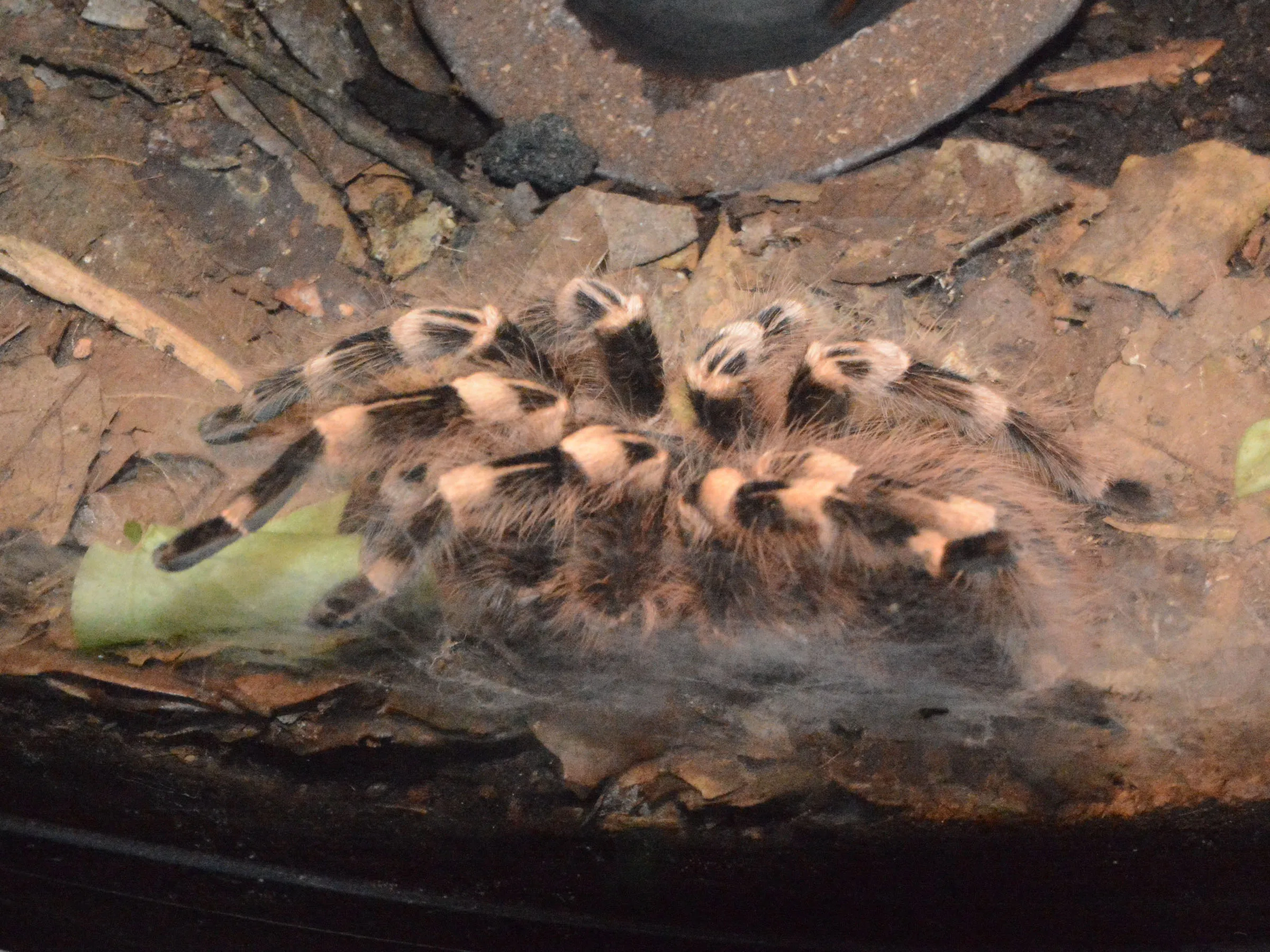
The type and quality of prey offered to your Brazilian White Knee Tarantula can also influence its feeding habits. Variety is essential; offering a range of insects can help keep the tarantula interested in eating. Good choices include crickets, mealworms, roaches, and even small invertebrates. Ensure the prey is healthy and well-fed, as the tarantula will benefit from a nutritious meal. Avoid feeding prey that has been exposed to pesticides or other harmful chemicals. Consider gut-loading the prey by feeding them nutritious foods like fresh vegetables and fruits before offering them to your tarantula. This enhances the nutritional value of the meal and can improve the tarantula’s interest in eating. Always remove uneaten prey within 24 hours to prevent stress and potential harm to the tarantula.
Choosing the Right Prey
Selecting the right prey is crucial for ensuring your tarantula gets the nutrition it needs and for encouraging it to eat. The size of the prey should be appropriate for the size of the tarantula; as a general rule, the prey should not be larger than the tarantula’s abdomen. Crickets are a common and readily available option, but it’s important to vary the diet with other insects like mealworms, dubia roaches, or even small earthworms. Avoid feeding prey that is known to carry diseases or parasites. Always observe the tarantula’s reaction to different types of prey to determine its preferences. A varied diet ensures that the tarantula receives a range of nutrients and can help prevent feeding fatigue. Sometimes, changing the prey can stimulate the tarantula’s appetite.
Prey Size and Quantity
The amount of food you offer to your Brazilian White Knee Tarantula should be appropriate for its size and age. Overfeeding can lead to obesity and other health problems, while underfeeding can cause malnutrition. Juvenile tarantulas typically require more frequent feeding, usually every few days, while adult tarantulas can be fed less often, perhaps once a week or even less. Start with one or two prey items and observe if the tarantula eats them readily. If the tarantula consistently consumes all the prey, you can gradually increase the quantity. Be mindful of the tarantula’s behavior; if it appears uninterested in the food, it’s best to remove the prey and try again later. The goal is to find a feeding schedule that meets the tarantula’s nutritional needs without overfeeding it.
Dealing with Refusal to Eat
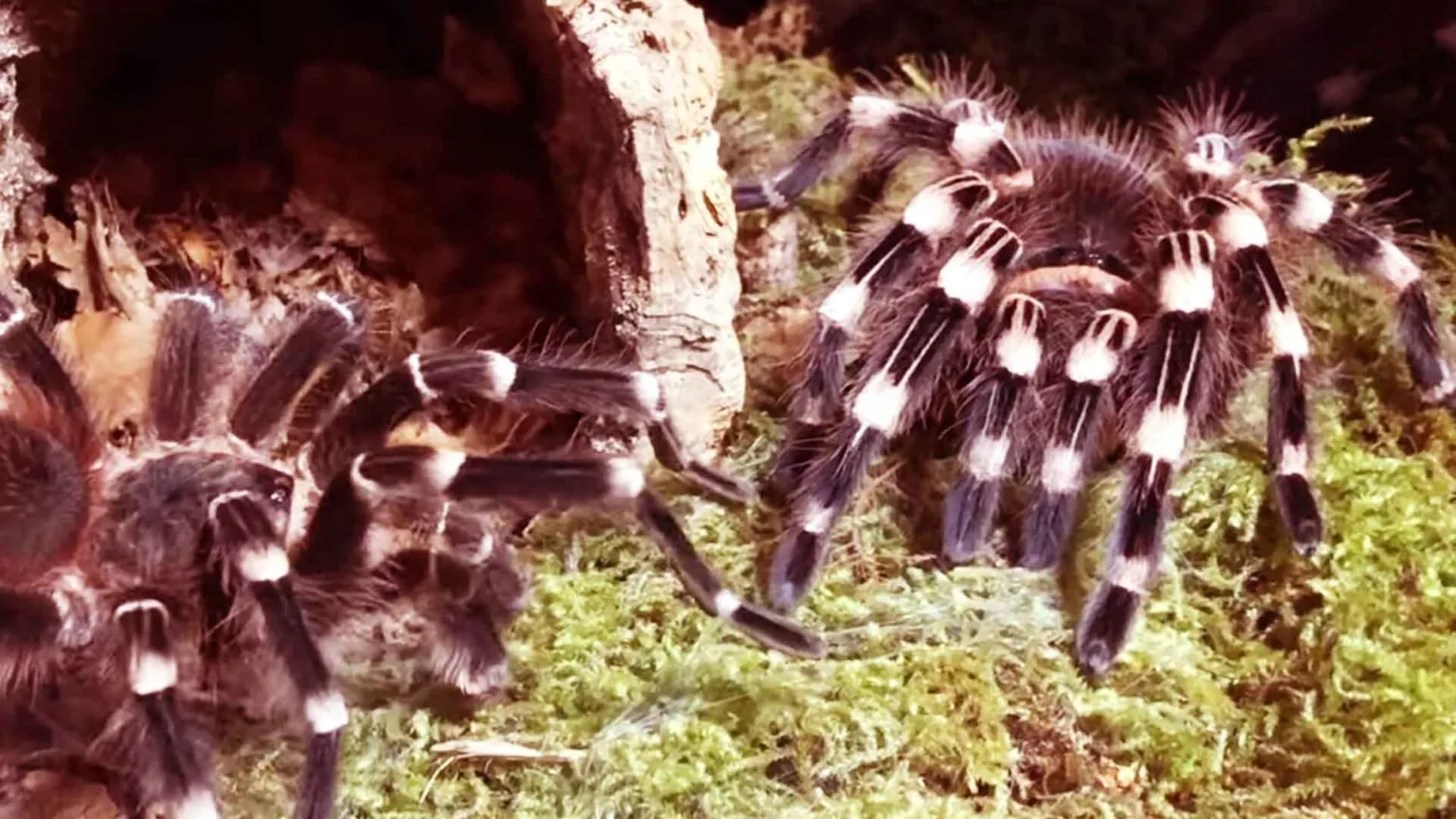
If your Brazilian White Knee Tarantula refuses to eat, the first step is to assess the potential causes. Check the temperature and humidity levels, and ensure the enclosure is clean and appropriately set up. Look for signs of molting or other stress factors. If the tarantula has been recently moved, it may need time to acclimate to its new environment. Make sure the prey is of high quality and the correct size. If the tarantula is still not eating after addressing these factors, try offering different types of prey to see if that sparks its interest. It’s also important to avoid handling the tarantula unnecessarily during this period. Patience is key; most tarantulas will eventually resume eating once the underlying issue is resolved. However, prolonged refusal to eat can be a sign of a more serious problem, and it’s essential to monitor the tarantula’s condition closely.
Monitoring and Observation
Regular monitoring and observation are critical for maintaining the health and well-being of your Brazilian White Knee Tarantula. Observe the tarantula’s behavior daily, paying attention to its activity level, posture, and any signs of stress. Check the enclosure conditions regularly to ensure the temperature and humidity are within the optimal range. Monitor the tarantula’s abdomen for any changes in size or coloration, which might indicate a problem. Note any changes in feeding behavior, such as a sudden refusal to eat. Keep a log of your observations to track any trends or changes over time. Early detection of potential problems can prevent more serious issues from developing. Consistent monitoring helps you to provide the best possible care for your tarantula.
When to Consult a Specialist
While many feeding issues can be resolved with careful observation and adjustments to the environment, there are times when professional help is needed. If your Brazilian White Knee Tarantula has not eaten for an extended period, despite your best efforts, it’s time to consult a specialist. Other signs that warrant veterinary attention include lethargy, unusual posture, visible injuries, or any signs of illness. A veterinarian or exotic animal specialist can perform a thorough examination and provide expert advice. They can identify any underlying health problems and recommend appropriate treatments. Seeking professional help is essential for ensuring the tarantula’s well-being and preventing further complications. Do not hesitate to seek expert advice when you are unsure about your tarantula’s health.
